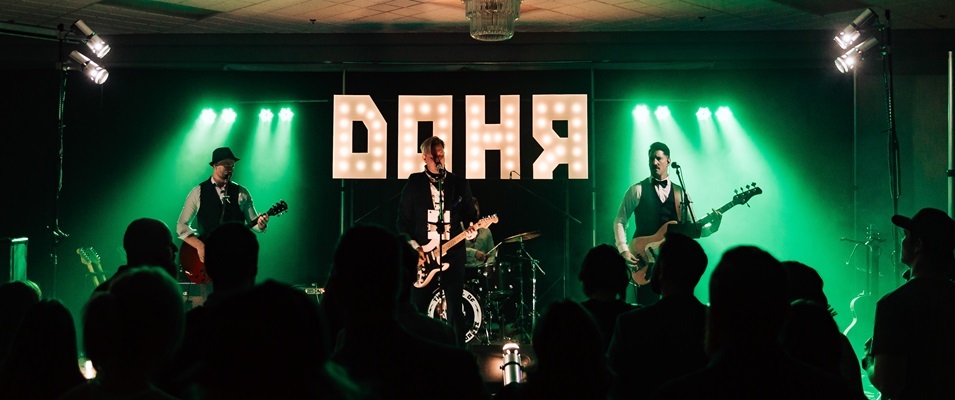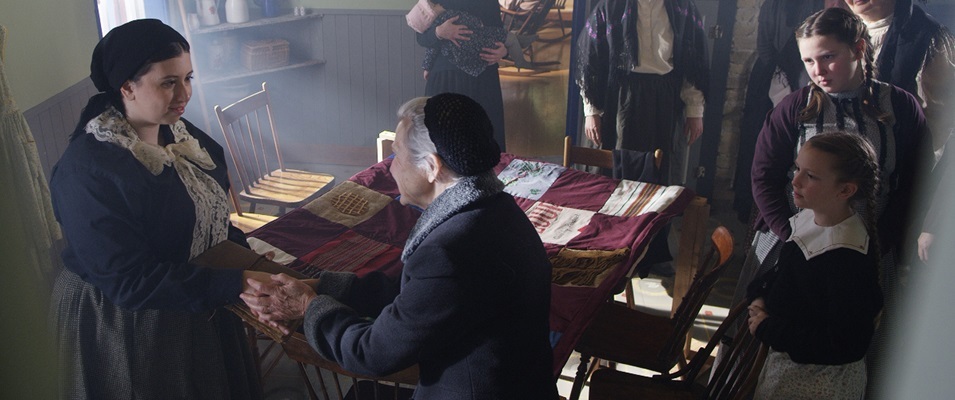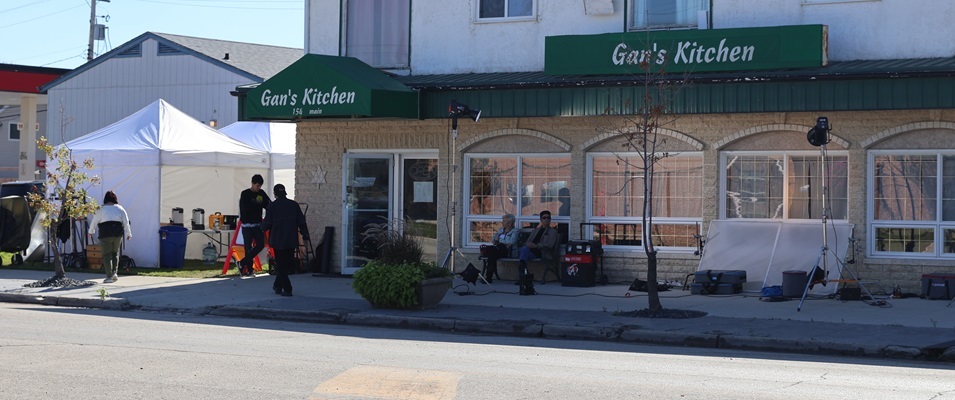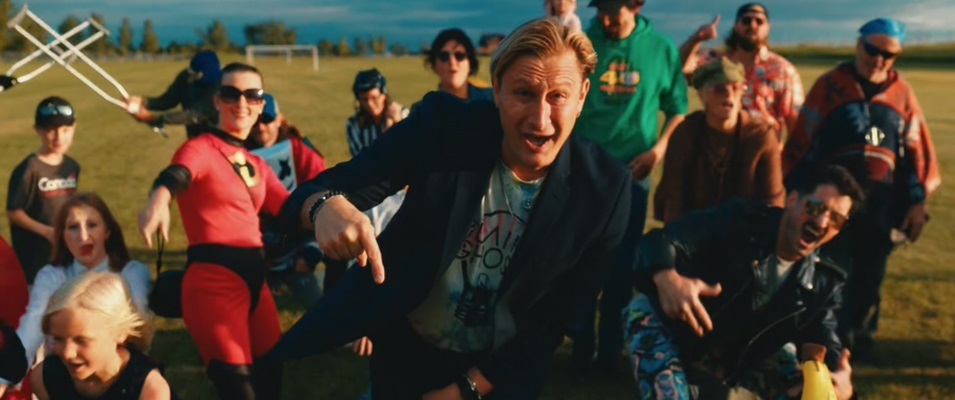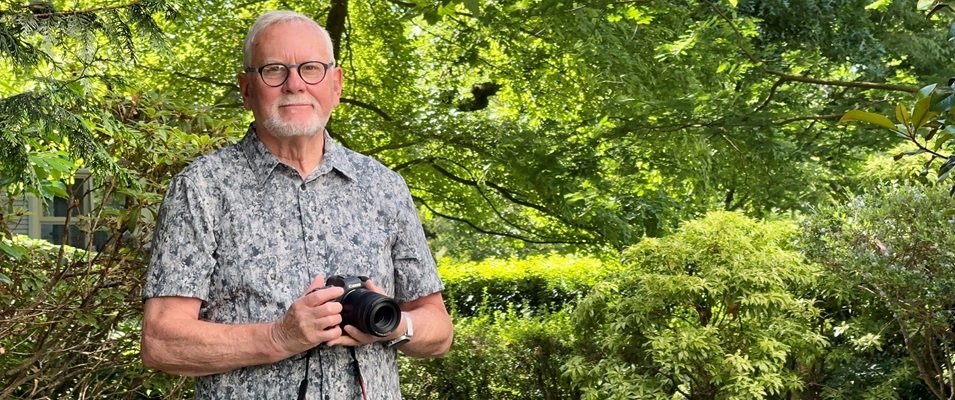
It’s been close to 65 years since famed photographer Hans Sipma called Niverville home, but a few memories still linger. They include his paper route, his home on the north side of town, and his frequent visits to the principal’s office at the Niverville Elementary School.
Sipma was 12 when his family moved from Niverville. In the years following, he would go on to develop a love for photography, which became an illustrious career for him, spanning more than 40 years.
Today, he’s retired and settled in Vancouver, enjoying his life as a recent grandparent.
Much of Sipma’s distinguished career was spent in freelance photography, taking promotional ad shots for hundreds of corporations over the decades, including Canadian Airlines, McDonalds, Subaru, Pepsi, Kokanee, Ikea, and Macleans Magazine.
On the side, Sipma busied himself marrying his passion for photography with his love of rock and roll music. He built a whole second portfolio of fame in this arena, eventually photographing musical legends like Bryan Adams, Prism, Doug and the Slugs, and Trooper.
Much of Sipma’s work has been memorialized on highly recognizable album covers for these bands.
Sipma and his family emigrated to Manitoba from Holland in 1957 when Sipma was nine years old. He was the middle child of three sons. They came to Canada, he says, because his father was looking for work opportunities as a self-taught mechanic.
“We ended up in Dominion City,” Sipma tells The Citizen. “It was only about five months and my dad ended up not getting along with [his boss]. He was a Dutchman, too, so maybe that’s why they didn’t hit it off that well.”
In the fall of 1957, Sipma’s father took a job in Niverville, moving his family to their new home. Based on Sipma’s recollection, the new boss was W.G. Loeppky, who ran an International harvester dealership in the community.
Sipma’s father became the primary mechanic, hired to work on the farm equipment that came in.
“I remember getting into trouble in school at Niverville Elementary,” Sipma muses. “I was a bit of a troublemaker, I think. I probably deserved it. It meant going in to see the principal a lot, and at the time they’d administer the strap.”
Sipma has other scattered memories, like the house that Sipma’s father relocated from Main Street to the north side of town.
The Sipmas lived in Niverville for less than three years before they packed up and moved back to Dominion City. Here, Sipma’s father finally achieved his dream of being self-employed in his own welding shop.
It was also here that young Sipma developed a taste for photography and rock and roll music. At the time, bands like The Beatles were taking the world by storm.
Locally, the rock and roll scene was also burgeoning, with Winnipeg becoming a hotbed of young musical talent. With an established drinking age of 21 in Manitoba during the 60s, these bands spent their spare time playing high school gyms, legion halls, and community centres wherever they were welcomed.
“I befriended a lot of bands that came to my town on the weekends for dances at the Legion,” Sipma says. “I took pictures of them, so when I eventually moved to Winnipeg, I kept in touch with these rock ‘n roll people.”
One of the first bands Sipma recalls playing his hometown was The Mongrels, a city band of which Winnipeg native Joey Gregorash was a member.
As a young adult, Sipma set out on his own, finding an apartment in Winnipeg. He took a job at Eaton’s, working in their on-site studio as a product and fashion photographer.
On the weekends, Sipma caught up with his musician friends, photographing their stage performances and doing private shoots on the side.
Eventually, Sipma was hired by Gar Gillies of Garnet Amplifiers to capture concert shots of the musicians who had rented their musical equipment for a show. Among them were the Guess Who, Fats Domino, and Diana Ross and the Supremes.
“In summer 1967 I attended a concert by The Blues Magoos, The Who, and Herman’s Hermits,” says Sipma. “The night started with the Blues Magoos in their electric suits, followed by The Who. The band was known for their incredible amounts of energy during their performances. As they ended their set playing ‘My Generation,’ both Pete Townsend and Keith Moon set about trashing their instruments. The mayhem that ensued included explosions from Keith’s bass drum and smoke effects out of Pete’s amp. When it was all over, they walked off the stage leaving behind a trail of destruction. It was then time for the headline act, Herman’s Hermits. The Who were a tough act to follow.”
During these years, Sipma maintained close ties with local rising bands.
“I ended up becoming a roadie for The Mongrels, driving their truck, setting up the equipment,” Sipma says. “At one point I was asked to work for the Guess Who. and it was at that point where I had to decide whether I was going to be a photographer or work in music. And my decision was to stick with photography.”
In 1970, Sipma would become locally famous for his photographs of another monumental event.
“Someone mentioned my name to a reporter from Macleans magazine, who contacted me and said, ‘There’s this Niverville Pop Festival and, if you’re going to be there, could you get some shots that we might use in an article?’”
Sipma did just that, distributing these famous black-and-whites to Canadian magazines and local newspapers.
In 1973, Sipma was sent to do a shoot for Eaton’s in Vancouver. Sipma never left.
“I loved this place,” Sipma recalls. “It was February, and in Winnipeg the snow was brown. Out here, everything was green and lovely, and I knew this would be the place to be.”
Sipma continued on with Eaton’s at the Vancouver location. He also set up a photography studio in the basement of his small rented home.
His friend Randy Bachman of the Guess Who had introduced Sipma to Vancouver-based talent agents Bruce Allen and Sam Feldman. Through them, Sipma was called in to photograph many more up-and-coming Canadian rock legends.
“The budgets were small, the hair was big, and digital didn’t exist, so… it took a lot of late nights and a lot of ingenuity.”
In the early 1980s, Vancouver’s Eaton’s location shut its doors. Sipma and a few colleagues bought out the photography equipment and set up their own professional advertising photography studio.
Later Sipma went solo with his Hans Sipma Photography brand. He retired in 2013.
“When I started in photography, you really had to know your stuff,” Sipma says. “You had to be very technically proficient. Nowadays, with digital, you can look at the back of the camera and see whether you got the shot. But as things got more sophisticated, the expectations got way higher for the type of photography people want. But the budgets haven’t gone up accordingly.”









